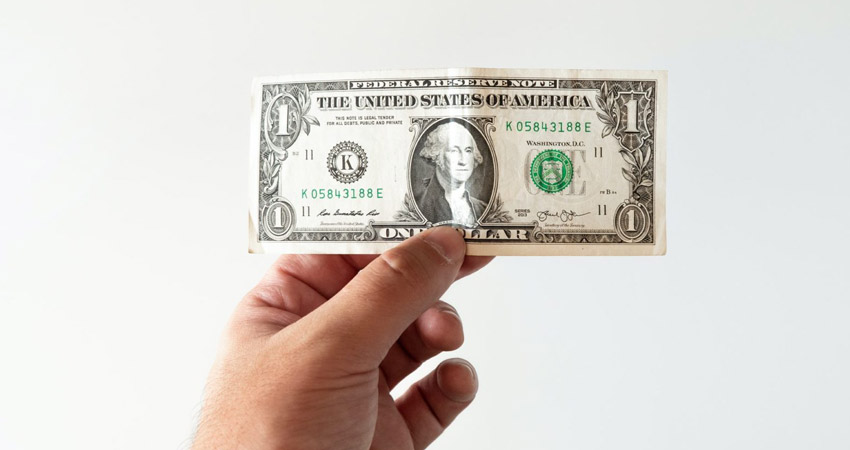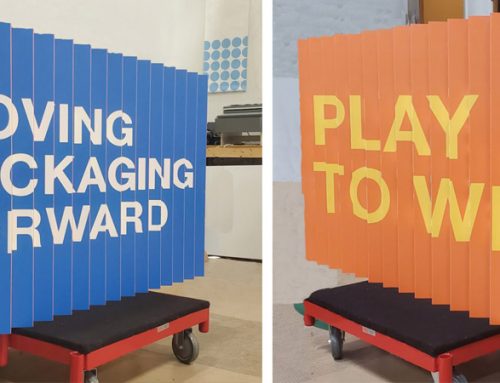Maximizing Marketing Impact: The Real Value of Lenticular Printing
Imagine your marketing materials didn’t just sit there, but grabbed attention—literally changing depending on how someone looked at them. That’s the power of lenticular printing. But is this eye-catching technique more than a gimmick? Let’s dive into the costs and the potential payoff…
Understanding Lenticular Printing Costs and ROI
Lenticular printing stands out as a premium choice in the marketing realm, and has a higher cost than traditional paper printing. Given its unique appeal, the critical question for marketers is not just about the price but whether the investment pays off. This deeper dive into the costs and potential returns of lenticular printing aims to shed light on its true value for businesses considering this innovative advertising method.
Why Choose Lenticular Printing?
Lenticular printing transcends ordinary marketing mediums by delivering an unparalleled interactive experience. This dynamic approach is not merely an aesthetic choice but a strategic investment aimed at engaging a target audience more effectively. Whether the goal is to increase awareness, boost conference sign-ups, increase enrollments, or drive product sales, lenticular printing offers a compelling medium to capture attention and spur action.
The Cost-Benefit Analysis
Lenticular printing involves higher upfront costs compared to traditional printing methods. However, its value proposition becomes clear when considering the impact on engagement and response rates. A 2021 study illuminated the stark differences in performance between lenticular and standard print marketing:
- Brand Recall: A lenticular postcard achieved 10 times the brand recall of its traditional counterpart.
- Brand Engagement: Engagement rates were 20 times higher with lenticular prints.
- Positive Brand Impression: Lenticular prints left a 15 times stronger positive impression on recipients.
- Response Rate: Most notably, lenticular prints boasted a response rate 10 times higher than traditional postcards.
These metrics underscore the effectiveness of lenticular printing in making a memorable and impactful marketing statement. Meaning, with lenticular, instead of being just another piece of junk mail, your message is ten times more likely to stick with someone and inspire them to actually take action.
Evaluating Investment Worthiness
The decision to invest in lenticular printing hinges on the value of the customer action it seeks to prompt. For high-value products or services, the increased cost of lenticular advertising can be justified by even a modest improvement in response rates. What sets lenticular printing apart is not just its ability to draw attention but also its capacity to enhance the perceived value of the marketed product. Unlike disposable paper postcards, lenticular cards often become keepsakes, shared and even traded, adding a layer of value to the product by association.
ROI: The Bottom Line
Your Content Goes Here
Final Thoughts
As businesses weigh the costs and benefits of various marketing strategies, lenticular printing emerges as a powerful tool for those aiming to stand out in a crowded market. While the initial investment may be higher, the potential for increased engagement, brand recall, and response rates make it a worthy consideration for marketers targeting high-value conversions. If you're ready to invest in marketing that commands attention and leaves a lasting impression, lenticular printing might be your ticket to stand out.
What does lenticular printing cost, and is it worth the investment?
There’s no denying that lenticular printing costs more than traditional paper printing. So why spend the additional dollars, no matter how cool the final piece may look?
For most of our clients, lenticular is a business investment. They are producing an advertisement or a promotion that is intended to motivate their target audience to act. Perhaps the action is signing up for a conference, enrolling in a school, or picking up a package and ultimately buying the product inside. Whatever it may be, a decision has been made to print and distribute a message to that audience.
While traditional printing works to achieve that goal, the only real questions are how well it works in return for that investment, and is there a better choice?
A study conducted in 2018 found that in a direct mail piece with similar artwork, a lenticular postcard generated: 10X the brand recall, 20X the brand engagement, and 15X the brand’s positive impression. Most importantly, it showed a 10-15% response rate competed to 1-2% for the traditional print postcard. That’s about 10X the response rate!
If you are marketing a 50¢ piece of candy, spending 60¢ on a piece of advertising is not likely a good investment, no matter the response rate. But if you’re marketing to a customer who is worth hundreds (or thousands) of dollars to your business, then a 60¢ advertisement doesn’t need to bump response rate by much in order to be a worthy spend. At that point, it really comes down to what grabs attention and drives response, and in that department, lenticular printing is the clear winner.
Lenticular printing also has another less obvious business benefit. The print piece itself has a much higher perceived value. This is self-evident; a paper postcard is seen as having zero value to the recipient. Lenticular cards are often kept, shown around, and even sold on eBay. When a customer receives a card like this, there is a message that the product associated with it must be of value to justify a valuable marketing piece. It conveys value even before it conveys its message.
Although “ROI” may be a cliché term, the fact is that ROI is all that matters when choosing to purchase any form of advertising, including printed materials. The choice to purchase lenticular printing over traditional print is profitable if you’re marketing a product of substantial cost. The fact that the piece is super cool and fun is really just a bonus.





